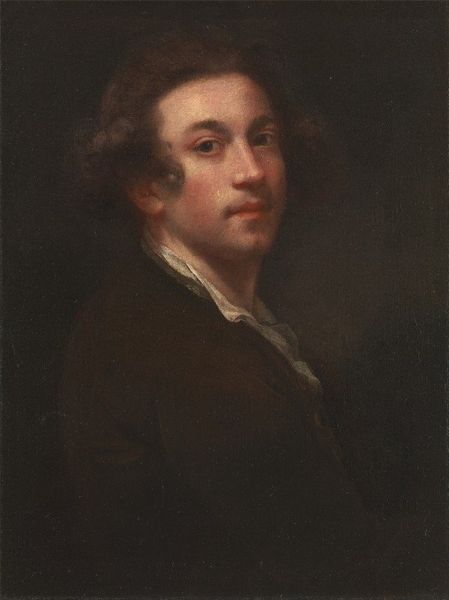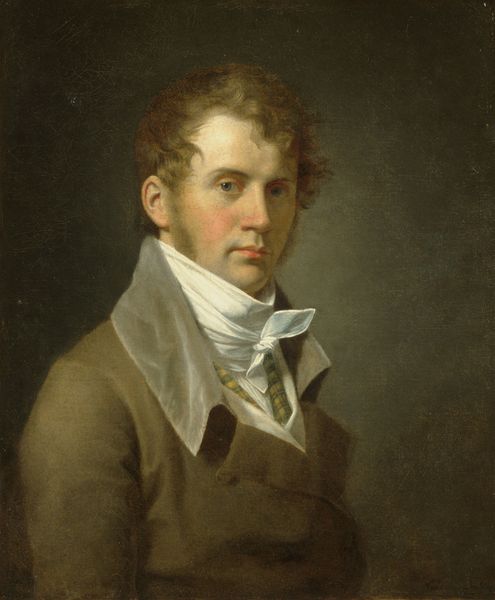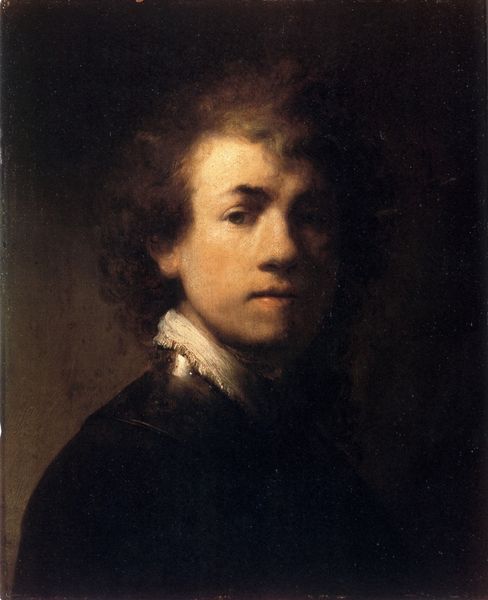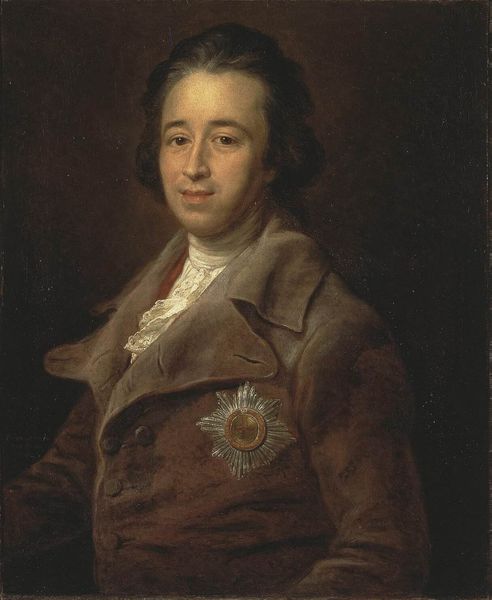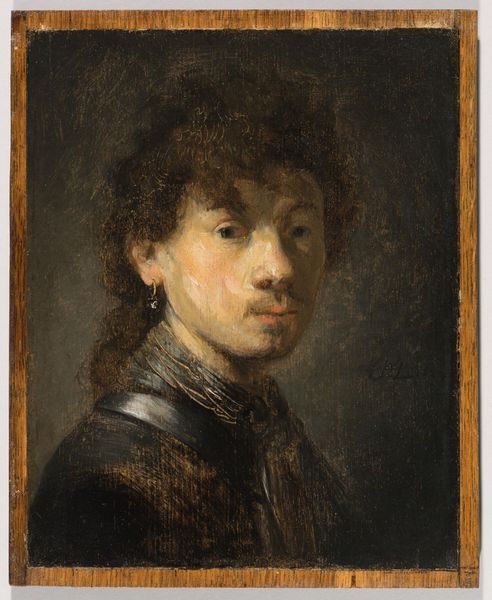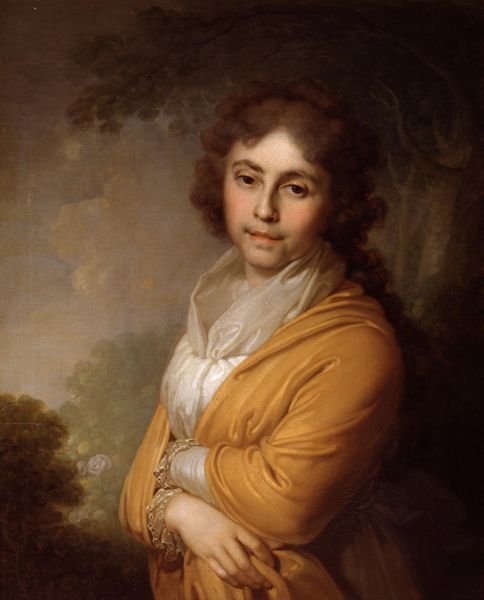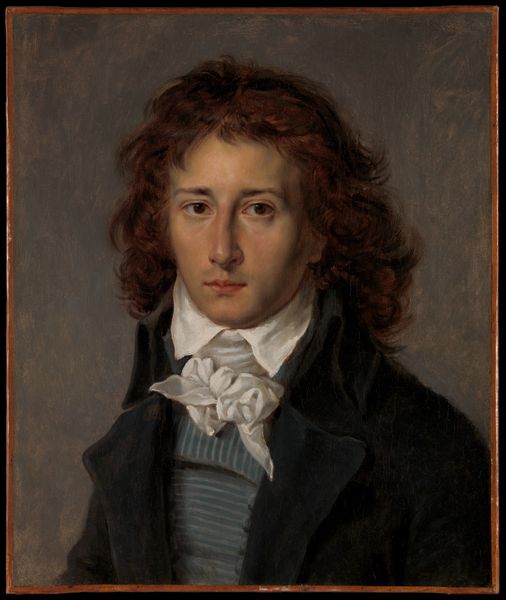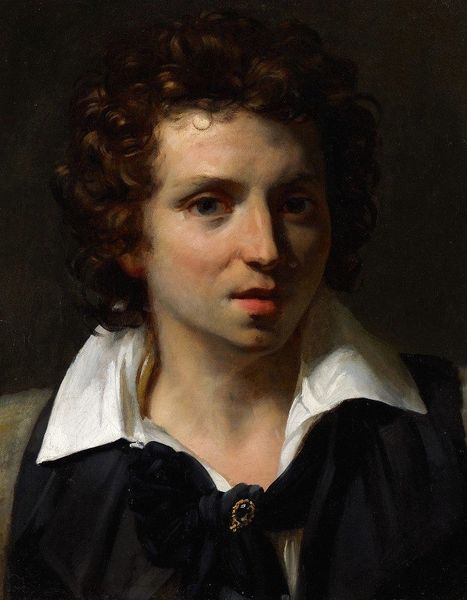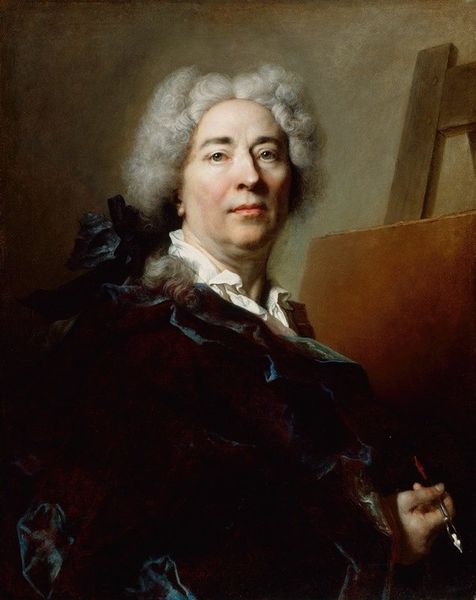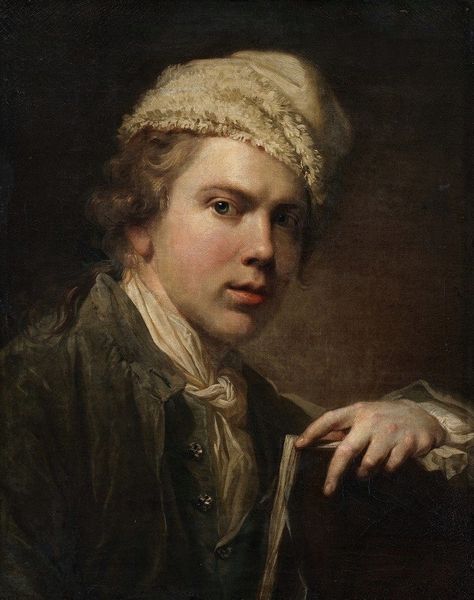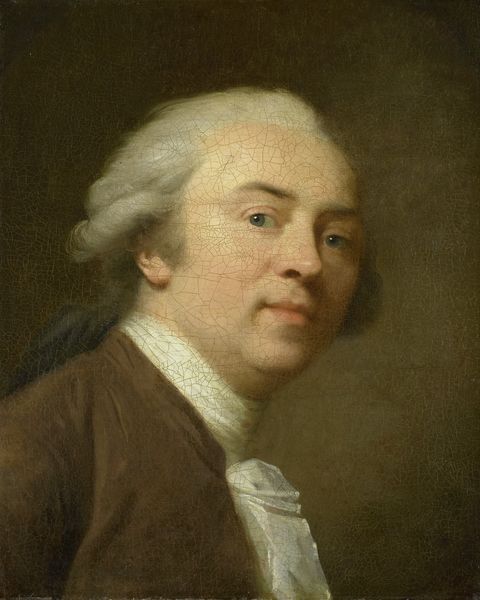
oil-paint
#
figurative
#
self-portrait
#
baroque
#
portrait image
#
dutch-golden-age
#
portrait
#
oil-paint
#
portrait reference
#
portrait head and shoulder
#
chiaroscuro
#
portrait drawing
#
facial portrait
#
portrait art
#
fine art portrait
#
realism
#
celebrity portrait
#
digital portrait
Copyright: Public Domain: Artvee
Curator: Immediately striking is the dramatic use of light, drawing your eye directly to the sitter's face. Editor: That’s right. Here we have Rembrandt van Rijn’s "Portrait of Rembrandt with a Gorget," likely created sometime after 1629. The oil paint practically glows. Curator: Yes, there’s almost an assertive quality, isn’t there? The choice to portray himself in a gorget, a piece of armor, hints at a deliberate construction of persona, playing into contemporary societal expectations of masculine strength and even valor. I wonder if we can unpack that a bit further… considering the role of artists and their self-image. Editor: Let’s not overlook the formal brilliance here, the deft application of chiaroscuro creating an incredible sense of depth. Notice how the artist masterfully manipulates tone to mold the forms—the subtle gradations around the cheeks, for instance, or how the light catches the metallic surface of the gorget. There’s such sensitivity. Curator: Absolutely, and within the historical moment, there’s also perhaps a quiet defiance—artists were, at this point, attempting to establish their intellectual worth within social structures often dominated by nobility and religious figures. Self-portraits became a stage, then, where a narrative of individualism, creativity, and ambition was subtly put forth. His youth makes one also question what role ambition played. Editor: And consider the gaze: direct, but also slightly introspective. He seems both present and lost in thought. It invites contemplation on the role of the artist as observer and interpreter. It brings a layer of artifice as to his intent within Dutch society during the Golden age, though, of course. Curator: Exactly. Viewing it now through an intersectional lens, one could suggest this self-portrait operates almost as an early form of branding, where Rembrandt is actively fashioning a specific, carefully constructed version of himself for public consumption, but let's be mindful of avoiding anachronistic interpretations. Editor: Fair point. Ultimately, the painting is a beautiful synthesis of technical skill and symbolic weight, ripe for interpretations and close looking. Curator: Agreed, a powerful assertion of self within—and against—the backdrop of 17th-century Dutch society.
Comments
No comments
Be the first to comment and join the conversation on the ultimate creative platform.
